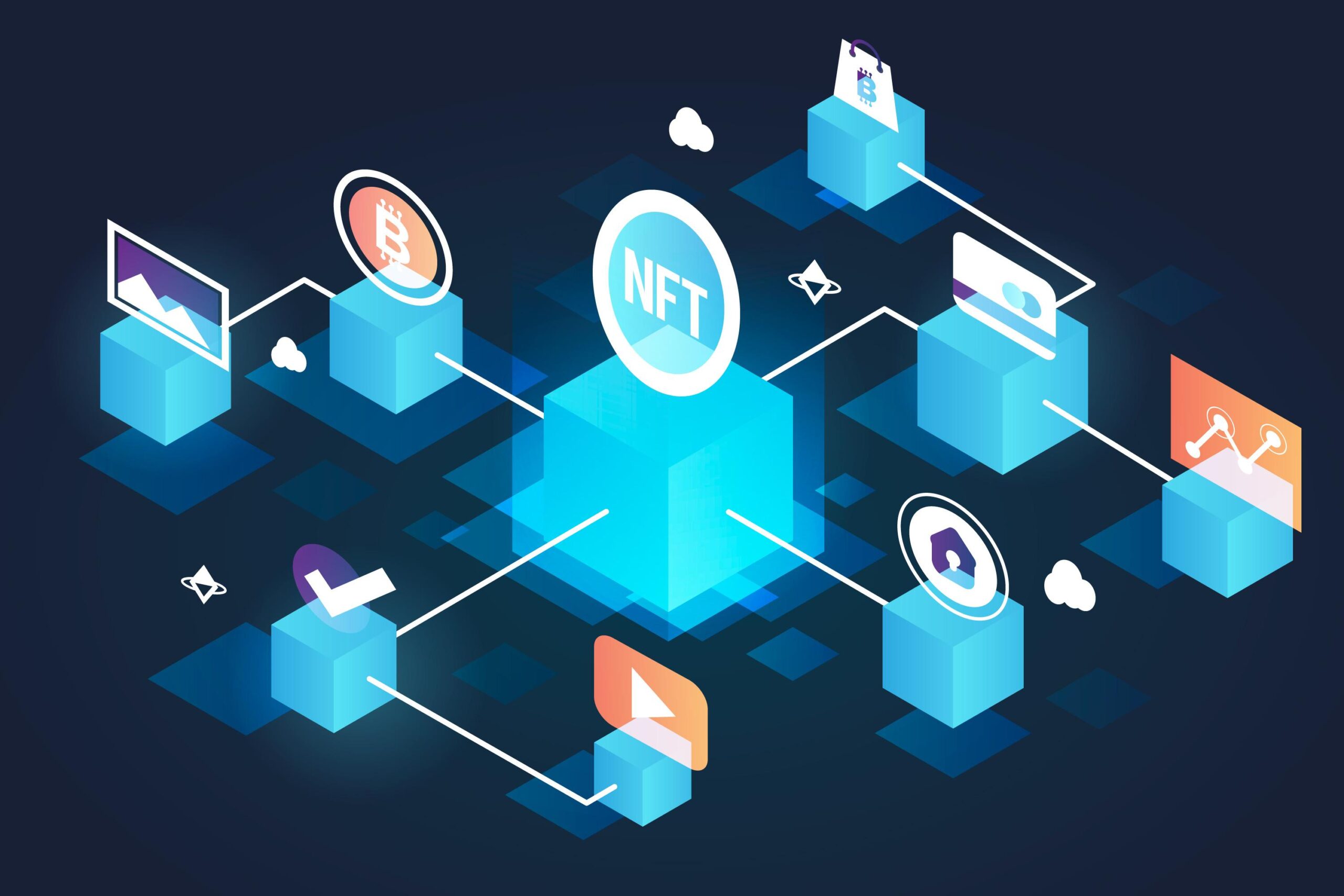In the ever-evolving gaming industry landscape, a revolutionary concept is taking center stage—Play-to-Earn (P2E) games powered by blockchain technology. This seismic shift in gaming dynamics not only transforms the way we play but also challenges traditional notions of ownership, value, and economic systems within virtual worlds. In this comprehensive blog post, we’ll delve deep into the fascinating realm of Play-to-Earn and explore how blockchain is reshaping the gaming landscape.
Understanding Play-to-Earn (P2E)
As the name suggests, Play-to-Earn flips the script on traditional gaming models. Unlike conventional games, where players invest time and money without tangible rewards, P2E games allow players to earn real-world value through their in-game activities. This economic model is made possible through the integration of blockchain technology, which brings transparency, decentralization, and tokenization to virtual worlds.
The Blockchain Foundation
Blockchain serves as the underlying infrastructure for Play-to-Earn games, providing a secure and transparent environment. Each in-game asset, character, or transaction is recorded on the blockchain, ensuring immutability and eliminating the possibility of fraud. This decentralized ledger technology not only enhances security but also empowers players with true ownership of their digital assets.
The Token Economy
At the heart of Play-to-Earn is the creation of native tokens within the game ecosystem. These tokens, often referred to as Non-Fungible Tokens (NFTs) or utility tokens, represent in-game assets and can be traded or exchanged both within and outside the game. This introduces a new dimension of value, where players can accumulate assets with real-world worth, creating a player-driven economy.
Realizing True Ownership
One of the groundbreaking aspects of P2E is the concept of true ownership. In traditional games, players merely license the right to use in-game items, and these items are subject to the rules and policies of the game developer. In contrast, blockchain-based ownership means that players have absolute control and can trade, sell, or even use their digital assets across different games, fostering a sense of autonomy.
Success Stories in Play-to-Earn
Several Play-to-Earn games have already taken the gaming community by storm, showcasing the potential of this innovative model. Axie Infinity, a blockchain-based game where players breed, battle, and trade fantasy creatures, has emerged as a poster child for Play-to-Earn success. Players earn the native cryptocurrency, AXS, by participating in various in-game activities, creating a sustainable and lucrative ecosystem. You can buy AXS on WazirX from here.
Empowering Global Communities
Beyond individual success stories, Play-to-Earn is fostering the growth of vibrant and global gaming communities. With players hailing from diverse backgrounds, the decentralized nature of blockchain ensures that geographical boundaries do not limit economic opportunities. This inclusivity contributes to the democratization of wealth within the gaming space.
Challenges and Opportunities
While the Play-to-Earn model brings unprecedented advantages, it is not without challenges. Scalability issues, environmental concerns related to blockchain energy consumption, and regulatory uncertainties pose hurdles to widespread adoption. However, these challenges also present opportunities for innovation, collaboration, and the development of sustainable solutions that can propel Play-to-Earn into mainstream gaming.
Navigating Regulatory Landscapes
As Play-to-Earn gains traction, regulators are beginning to take notice. Striking a balance between player empowerment and regulatory compliance will be crucial for the continued success of P2E games. Developers, policymakers, and the gaming community must work together to establish frameworks that protect players while fostering innovation.
Towards Sustainable Solutions
Recognizing the importance of sustainability, developers and blockchain enthusiasts are actively exploring alternative consensus mechanisms and eco-friendly technologies. Proof-of-stake, a more energy-efficient alternative to proof-of-work, is gaining traction and is being adopted by new blockchain projects. As the gaming community becomes more environmentally conscious, there is a growing demand for sustainable blockchain solutions.
The Future of Play-to-Earn
The rise of Play-to-Earn is not a fleeting trend; it marks a paradigm shift in how we perceive and engage with games. As technology advances and blockchain integration becomes more seamless, we can expect an influx of innovative P2E games that push the boundaries of creativity and economic empowerment. The gaming industry is at the cusp of a new era, where players are not just participants but active contributors to a dynamic and evolving virtual economy.
Conclusion
In conclusion, Play-to-Earn and blockchain gaming are ushering in a future where digital worlds are not just spaces for leisure but fertile grounds for economic opportunity. The fusion of blockchain technology and gaming is a testament to human ingenuity, offering a glimpse into a future where the lines between the virtual and real blur, and players become architects of their own destinies. Now, one thing is clear—the rise of Play-to-Earn is not just a game-changer; it’s a revolution.










